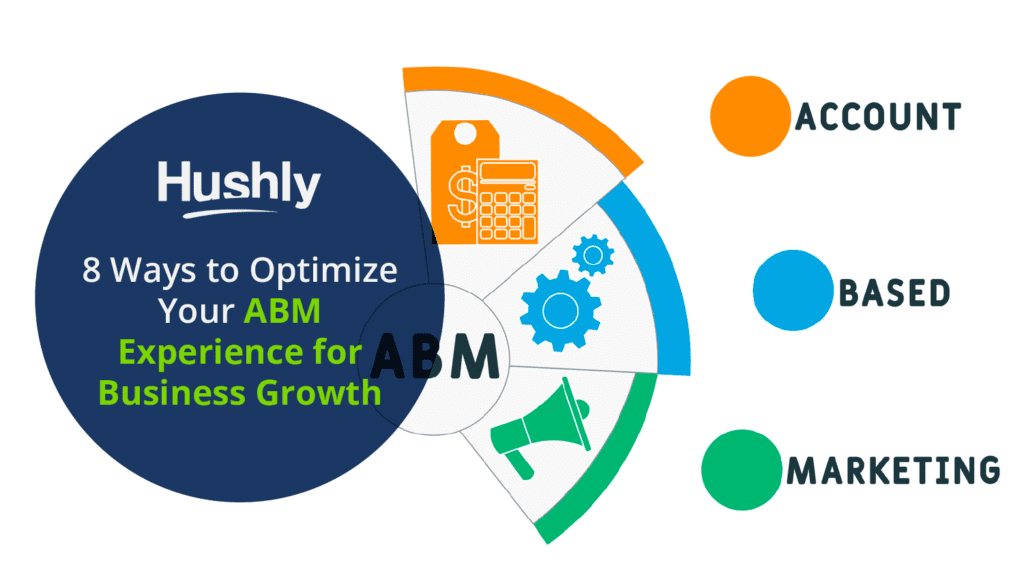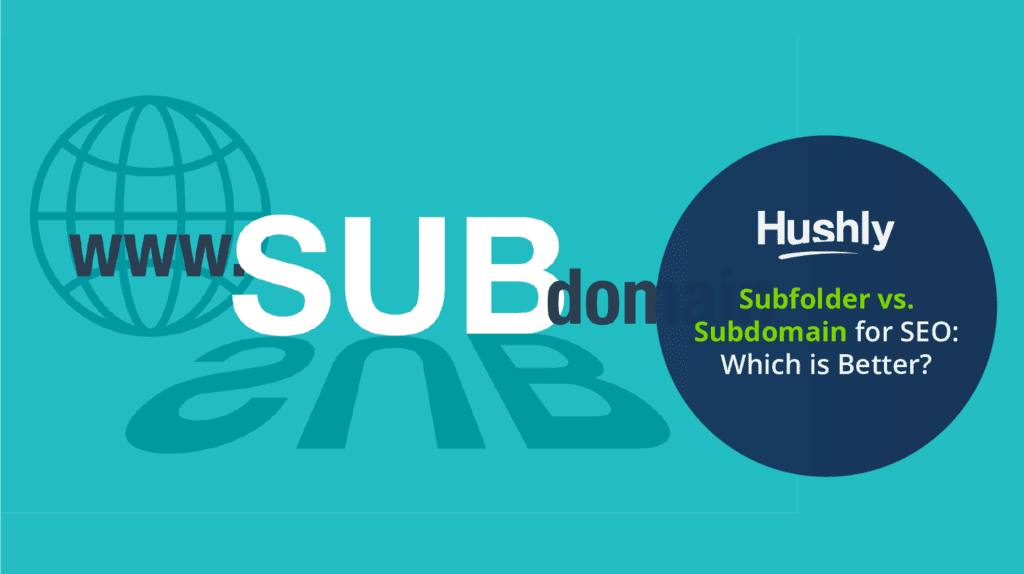Filters
Content Type
Topic
When Should You Ungate Content?
The decision to ungate your website’s content hinges on many factors. The performance of your MQLs, the importance of your brand awareness, and the quality of your content are all pieces of a puzzle. To know when and how to ungate your content, you’ll need some important information about your company as well as the state of gated and ungated content.
To help, we’ve produced today’s guide. In it, you’ll find a list of helpful tips and concepts that will help you understand when the best time to ungate your content will be.

Gated vs. Ungated Content
Gating content means requiring something from the client before allowing them access to, for example, an eBook that your company has published. This could be monetary, but more often is in the form of landing pages that ask for contact information.
The principle is that if someone is interested enough in your content to give you personal information for it, they should also be more likely to want to buy your product.
Generating MQLs (marketing qualified leads) this way was once seen by many in the marketing world as the most profitable way to use content. However, how consumers engage with content is evolving, and the philosophy behind gated content is no longer ironclad. In fact, many companies are seeing the benefits of switching to ungated content models, or at least modifying their gated content.
Questions to Ask Before Ungating Content
The simple path is to ask whether ungating content will increase the performance of that content. This could be in the form of impressions or revenue. However you define it, your marketing and sales team must be on board first. To convince them, you’ll need to be sure yourself.
Here is a list of four questions you can use to determine if now is the right time to ungate content.
1. Is Your Gated Content Underperforming?
Gating content comes with some major drawbacks that can affect its performance.
For one, handing over personal information, even if it’s to a business they trust, is still a big risk from a customer’s point of view.
You may just be asking for simple contact information. However, if that contact information is sold or given to a third party, the customer is the person who will suffer the consequences. People are aware of this before going through content gates, and many legitimate prospects could disqualify themselves once prompted for information.
If your gated content is underperforming, this could be a key reason why.
There is also the simple fact that a landing page is an additional step in the sales journey. Each new action you ask a customer to take is another opportunity for them to do nothing and forget about your product instead.
2. How Important is It for Customers to Consume Your Content?
If your content is a key part of your brand, ungating it is something you should strongly consider.
Customers appreciate in-depth articles about topics they care about. They want to learn. Customers care not only about your product, but the context of the problem it’s solving. They also want to learn how to use your solution once they’re convinced you have one.
Gated content can have a deleterious effect on customers like these, who come to your site seeking answers and are dissuaded when it becomes obvious you want to sell it to them. (Make no mistake, even if you aren’t asking for money, customers view their information as a form of currency.) This is especially true if the customer can find the answer to their question for free somewhere else.
3. Have You Already Started Producing Multi-Channel Content?
If you already have a catalog of content made for multi-channel marketing (a mixture of video, blogs, podcasts, etc.), now may be the best time to establish a content hub.
Netflix and other streaming platforms have changed the way customers view content. There is no longer the expectation that you’ll learn a bit about the content before deciding whether or not to “buy” it.
Instead, customers expect to view and access content on their own time and without needing to give anything in return. It may seem counterintuitive to create value and give it away for free, but remember that building your brand awareness by utilizing all the high-quality content you spent good money on is not nothing.
4. Do You Have Time to Wait for Results?
There will be a time lag between making the switch to ungated content and seeing the results.
Remember that you are not capturing existing demand but creating new demand by ungating content. This means that you’ll need to wait for customers to find the content for it to work. This is, of course, in direct contrast to gated content which requires (and is made for) marketing to push.
If your company can’t afford to relinquish existing demand in search of new demand, now might not be the time to ungate.
How to Start Ungating Content?
Here are a few tips for making the switch from gated to ungated content.
Start With Your Best Performing Content
It may be tempting to test out ungated content using the content you care least about.
This is a mistake. Instead, you should use your best content to ensure that users who come across it are engrossed and educated at the same time. Remember that one of the main benefits of ungated content is the boost it can bring to your brand awareness and credibility. Maximize that with your highest-quality, best-performing content upfront.
We recommend you measure this by cost per lead or other content engagement metrics.
Create a Hub
Long-form content, like eBooks, is a fantastic resource for content hubs. Chapters of eBooks can be broken down or expanded on to create blog posts. Chopping up an eBook like this could generate blog posts for months.
You can also use the email campaigns that previously pointed to your gated content to direct traffic to the hub.
Generate Buy In
When selling this to your sales and other marketing executives, come prepared with statistics. Compare the performance of your MQLs and SQLs and leverage the attitudes of your sales team. Do they feel like they’re wasting time on low-quality MQLs when they could be focusing on outbounds? This is a powerful sentiment that can be leveraged in your favor.
Allow Time
Set the expectation among yourself and others that the results of the switch won’t be immediate. You’ll need to allow the time for the new demand to be generated. Have faith in your content for which you paid a lot of money and worked hard to produce. If the content quality is there, the impressions will follow.
It’s Not All or Nothing
Keep in mind that gating or ungating ALL content is not a requirement. As with many decisions you make in marketing and business strategy, there is often a happy middle ground that your content might occupy.
Hushly’s philosophy of micro gating content could also be right for you. By micro gating, we mean giving people some of the content for nothing and asking for contact information once the user goes deeper into the material. Hushly’s advanced software can track these leads to generate MQLs and other valuable data as well.
Check out Hushly’s Efficient Growth at Scale eBook for more information on curating your content and how micro gating can give you the best of both worlds.
The post When Should You Ungate Content? appeared first on Hushly.



